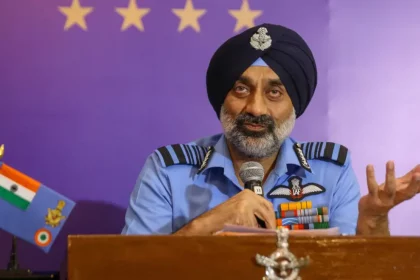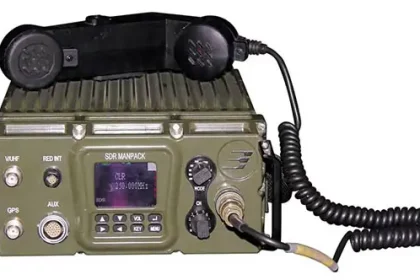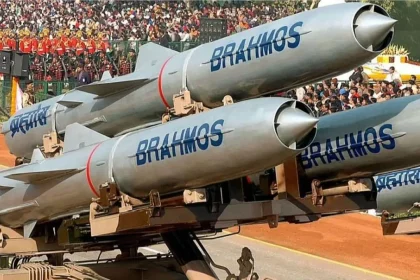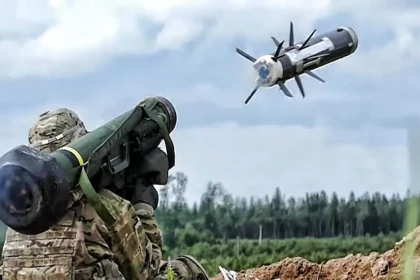IAF Chief: Drones Valuable But Cannot Win Wars; Calls for Faster Defence Self-Reliance and Smart Partnerships
Air Chief Marshal AP Singh says drones can support but not replace manned aircraft, calls for faster indigenisation and smart…
Indian Army Begins Induction of DRDO-BEL Made Software Defined Radios
Indigenous DRDO-BEL Software Defined Radios to revolutionise Army communications under IRSA framework, boosting encryption, interoperability, and Atmanirbhar Bharat goals.
India To Induct 800 km-Range BrahMos-ER Cruise Missile By 2027, Boosting Airstrike Capabilities
Next-generation BrahMos-ER to give Su-30MKI and Rafale jets deep-strike capability up to 800 km, strengthening India’s strategic deterrence and self-reliance…
India’s Indigenous MPATGM Set to Strengthen Army’s Anti-Tank Capabilities by 2026
Developed by DRDO and built by BDL, the MPATGM will replace legacy foreign missiles, offering fire-and-forget precision, top-attack capability, and…
India Lost Baljeet Singh Chauhan from 13 Para Special Forces
Nationally, his story adds to the tapestry of India's military heroes, reminding citizens of the ongoing commitment required to safeguard…
President Droupadi Murmu Felicitates Indian Women’s Cricket Team, Winners of ICC Women’s Cricket World Cup 2025
President praises team’s unity, resilience, and role in inspiring the next generation.






